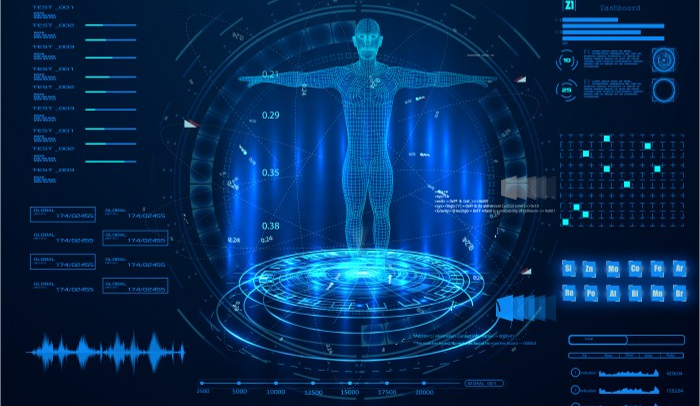Artificial Intelligence Works To Identify How Diseases Alter The Body
Using an artificial intelligence approach, researchers analyzed study cells to understand how diseases impact the body.

Source: Getty Images
- With artificial intelligence, researchers have developed a method for providing insight into how diseases or injuries change the body, down to individual cells.
The imaging tool known as TDAExplore uses topology and AI to study how cells alter during illness and where in the cell changes are happening, according to Eric Vitriol, PhD, cell biologist and neuroscientist at the Medical College of Georgia.
“We think this is exciting progress into using computers to give us new information about how image sets are different from each other,” Vitriol said in a press release.
“What are the actual biological changes that are happening, including ones that I might not be able to see, because they are too minute, or because I have some kind of bias about where I should be looking.”
Using computers for data analysis not only removes some biases, but AI can also process much more data than humans. Computer vision, which allows computers to pull information from digital images, is a type of machine learning that has been around for decades.
With that in mind, Vitriol and fellow corresponding author Peter Bubenik, PhD, a mathematician at the University of Florida and an expert on topological data analysis, decided to incorporate microscopy, topology, and AI to better understand how diseases impact the body.
However, researchers needed to first gain insights into what is normal and what happens in disease states. While patterns emerged to indicate where actin is and how it’s organized, manually analyzing images is time-consuming and scientists could carry their own bias.
“How do I know that when I decide what’s different that it’s the most different thing or is that just what I wanted to see?” Vitriol asked. “We want to bring computer objectivity to it and we want to bring a higher degree of pattern recognition into the analysis of images.”
For AI to produce the best results, researchers coupled the technology with topology, providing image statistics through data analysis.
“The bottom line is that the unique coupling used in TDAExplore efficiently and objectively tells the scientists where and how much the perturbed cell image differs from the training, or normal, image, information which also provides new ideas and research directions,” the press release stated.
Some machine learning models require hundreds of images to train and classify images. The new system created by researchers needs only a few high-resolution images to operate. In minutes, the personal computer can complete the new image analysis pipeline.
The ability to get more data from images leads to higher accuracy, including recognizing changes in disease, improving patient outcomes.
